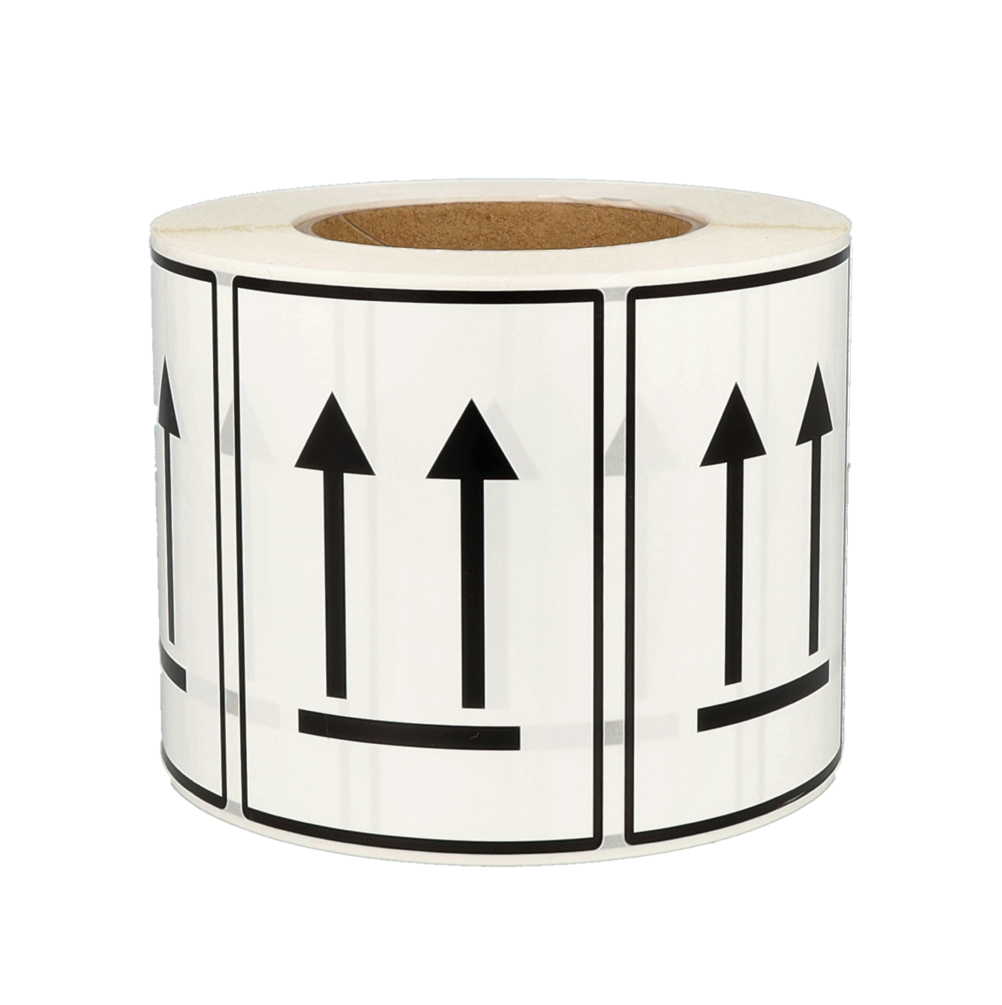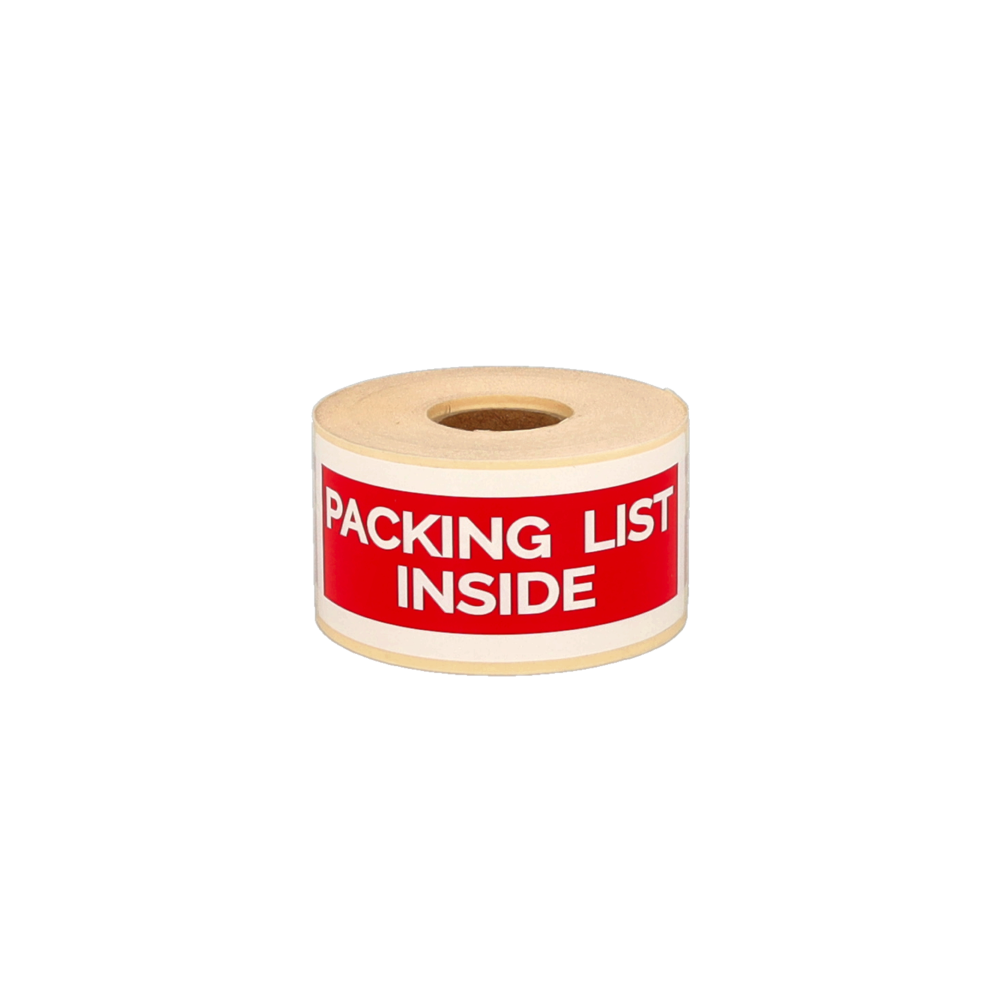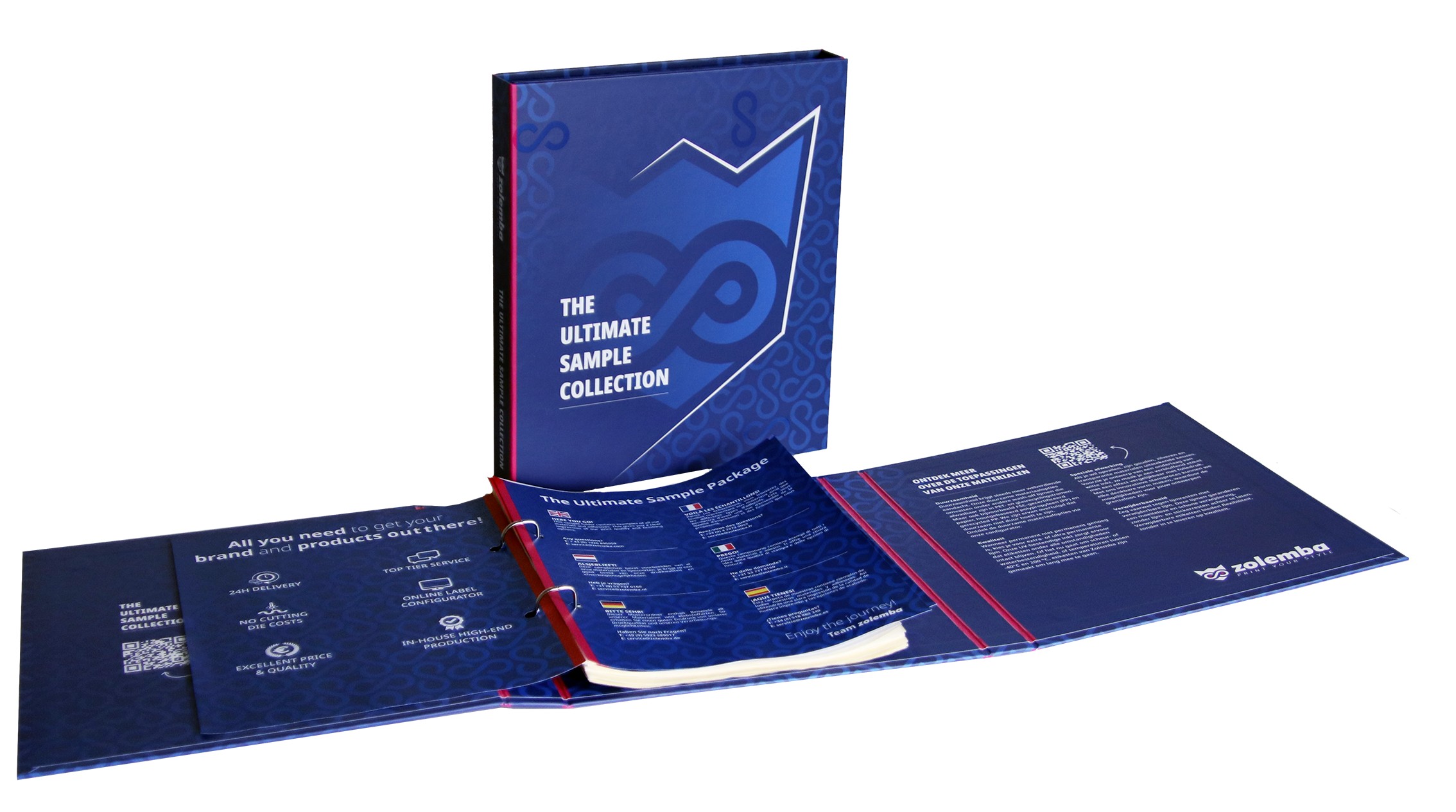Making the right choice for your plastic label: PP White, PP Ocean Action, PP Forest, or PP UCO?
When choosing a material for your label, sustainability, appearance, and functionality play an important role. In the world of labels, there are various polypropylene (PP) materials available, each with its own characteristics and advantages. In this blog, we will look at four specific PP materials in our range: PP White, PP Ocean Action, PP Forest, and PP UCO. We will explore the differences between these materials, with special attention to composition, environmental friendliness, and areas of application.
1. PP White
Advantages:
Applications:
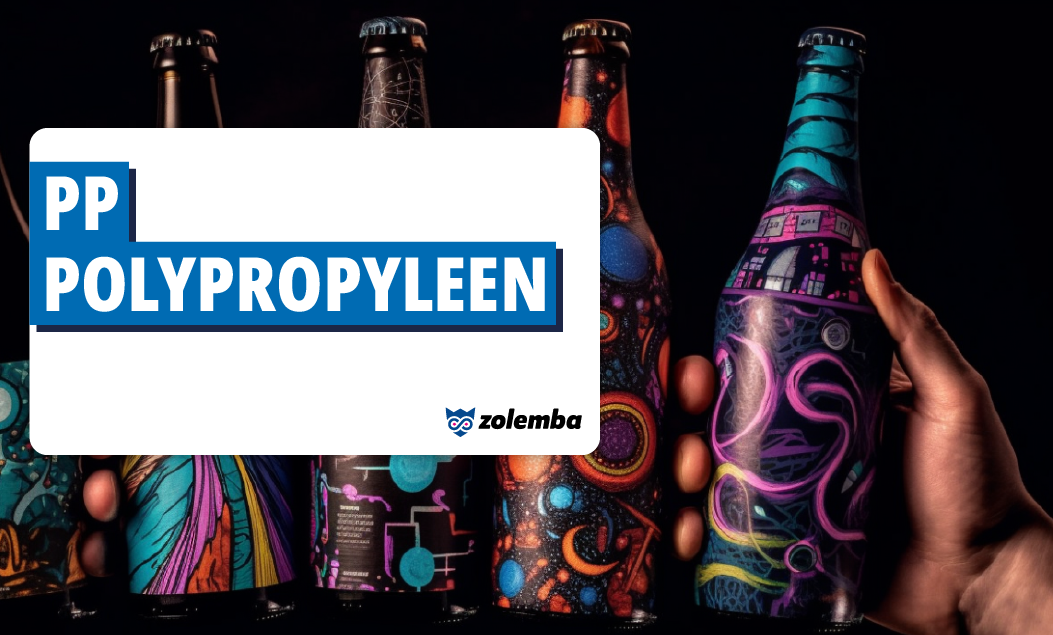
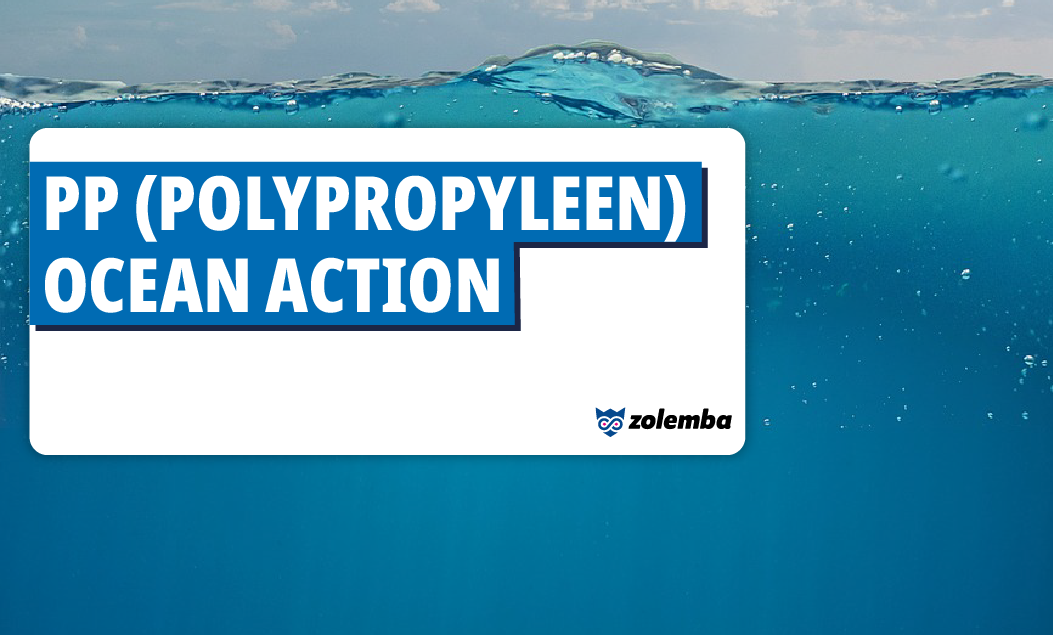
2. PP Ocean Action
Advantages:
Applications:
3. PP Forest
Advantages:
Applications:

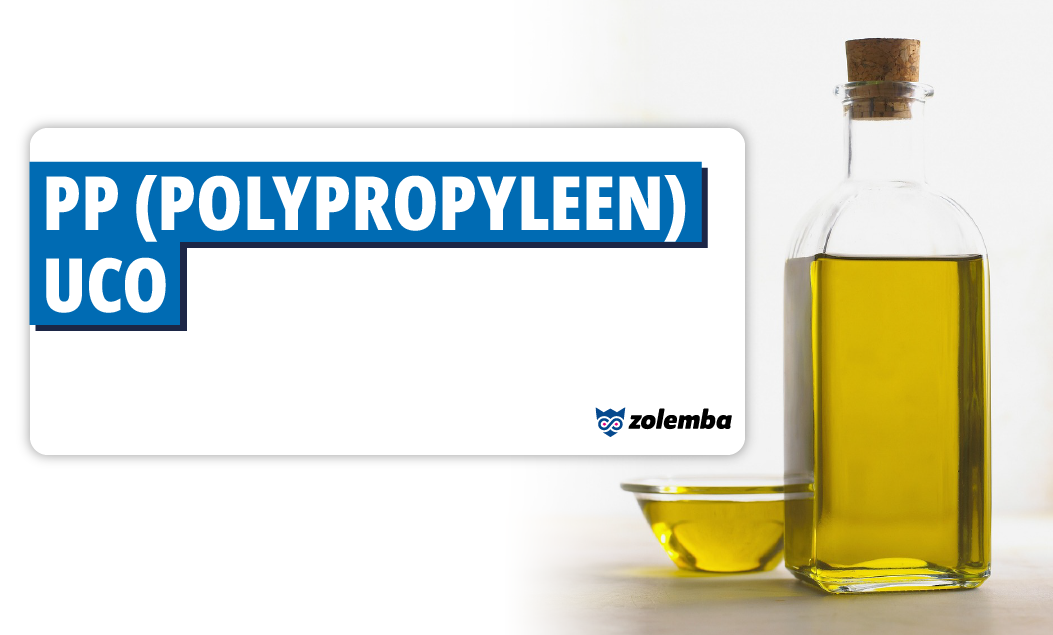
4. PP UCO
Advantages:
Applications:
Conclusion
When choosing the right label material, much depends on the specific needs of a brand and its products. While PP White remains a classic choice for its versatility and bright appearance, PP Ocean Action, PP Forest, and PP UCO offer sustainable alternatives that meet the growing demand for environmentally friendly packaging solutions.
PP Ocean Action focuses on the reuse of ocean plastic and has a recycling percentage of 85-90%.
PP Forest offers an eco-friendly appearance with renewable wood fibers and contains 85-90% sustainable components.
PP UCO uses 30% recycled oils, which fits perfectly within the circular economy.
The choice of a specific type of PP material can help not only improve the functionality and aesthetics of your label but also position your brand as an environmentally conscious player in the market.
Exclusive Offers and Free Tips!
Stay informed and never miss out on offers, handy tips, or free templates.
Thank you! You have successfully subscribed to our newsletter.
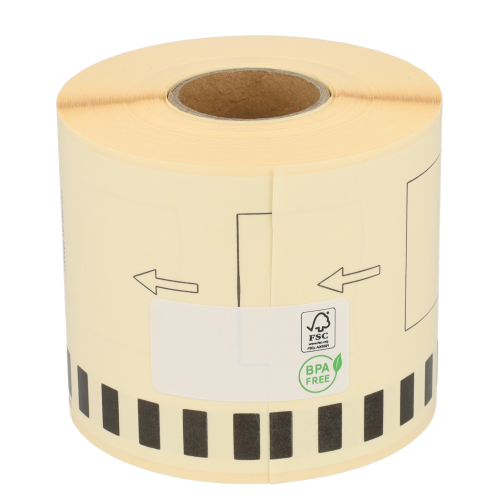



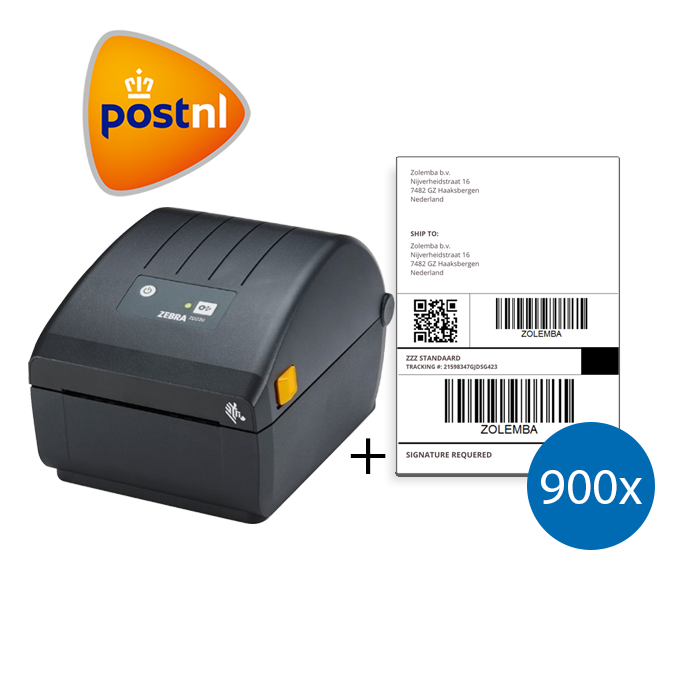

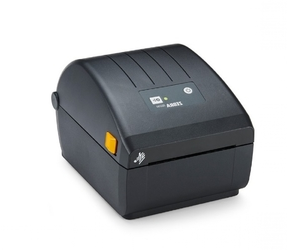
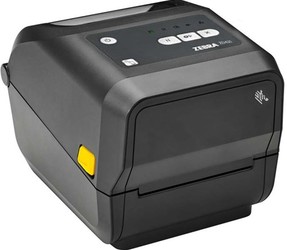
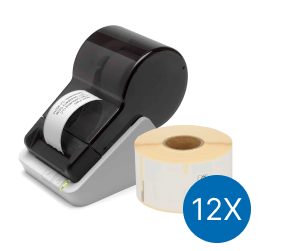

.png)


